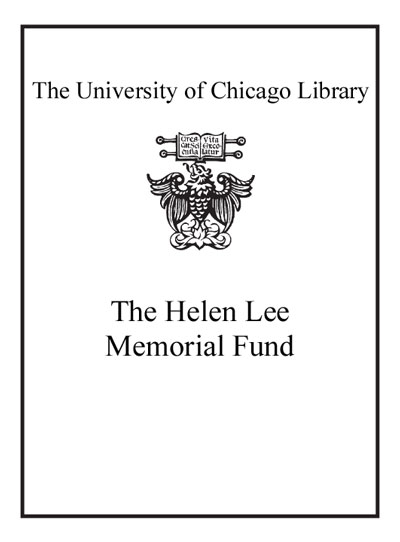| Summary: | Until comparatively recently, there has been little attempt to produce a detailed study of the architectural make-up of multi-roomed mastaba tombs and the implications of these observations for understanding the ways in which this type of tomb was really used. No thorough and comprehensive investigation has ever been dedicated to the building techniques, materials and design of mastabas or, indeed, who built them. 00'The Architecture of Mastaba Tombs' considers the architectural components of tomb design that made an ideal burial and explores different aspects of the design and construction of mastabas in the late Old Kingdom (c. 2375 - 2181 BC). It focuses on a group of multi-roomed mastabas in the Unas Cemetery at Saqqara that can be characterised by their complex design and large size. This includes an appraisal of tombs within this cemetery and examines the layout and development of the cemetery from the reign of King Unas, at the end of the 5th Dynasty. Specific attention is paid to the techniques that were used to build tombs via the recording of masonry and examination of specific architectural elements within different monuments. 0Features such as doorways and the security of the tomb and other aspects, for example the provision of storage space for the maintenance of the mortuary cult, are all considered. The study utilises published sources and survey work carried out by the author. Finally, this study addresses the imbalance of data collection within the recording of Old Kingdom mastabas.
|
|---|

